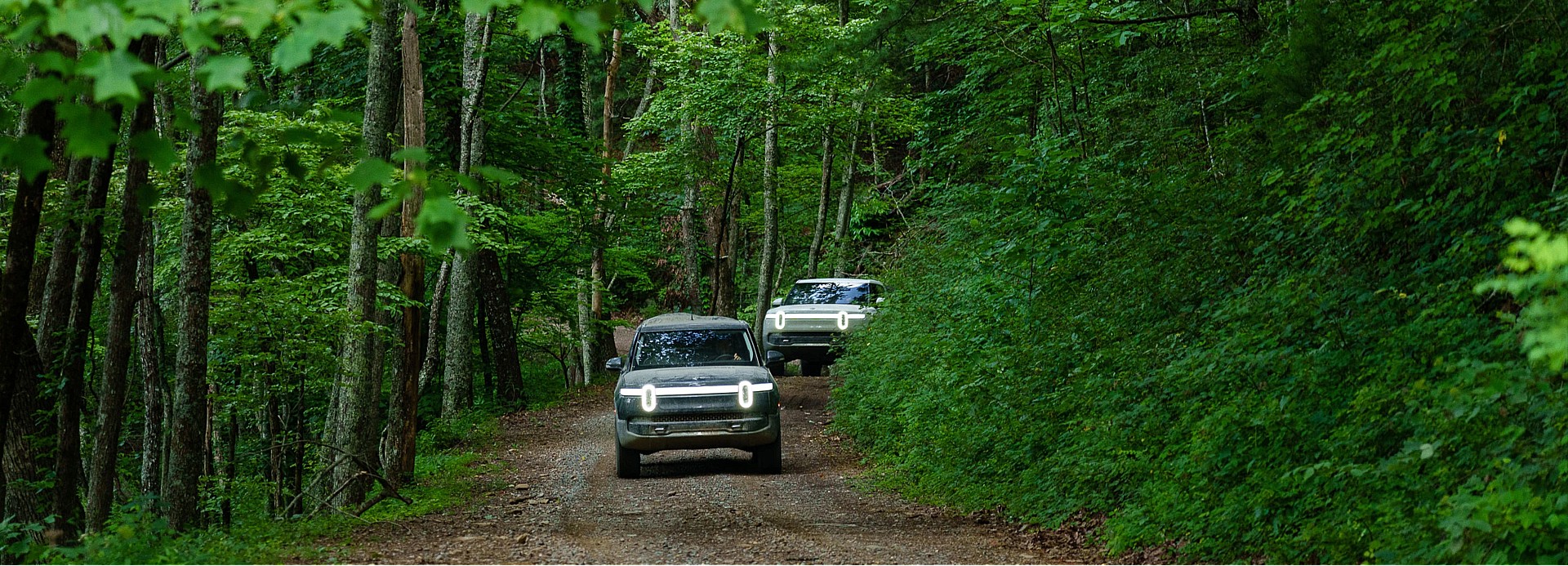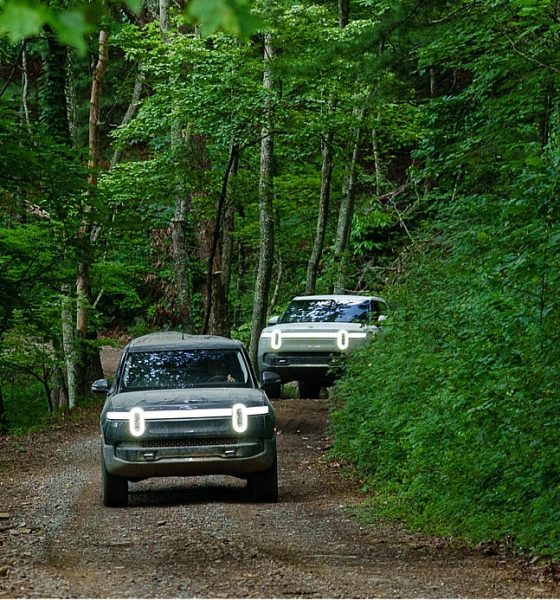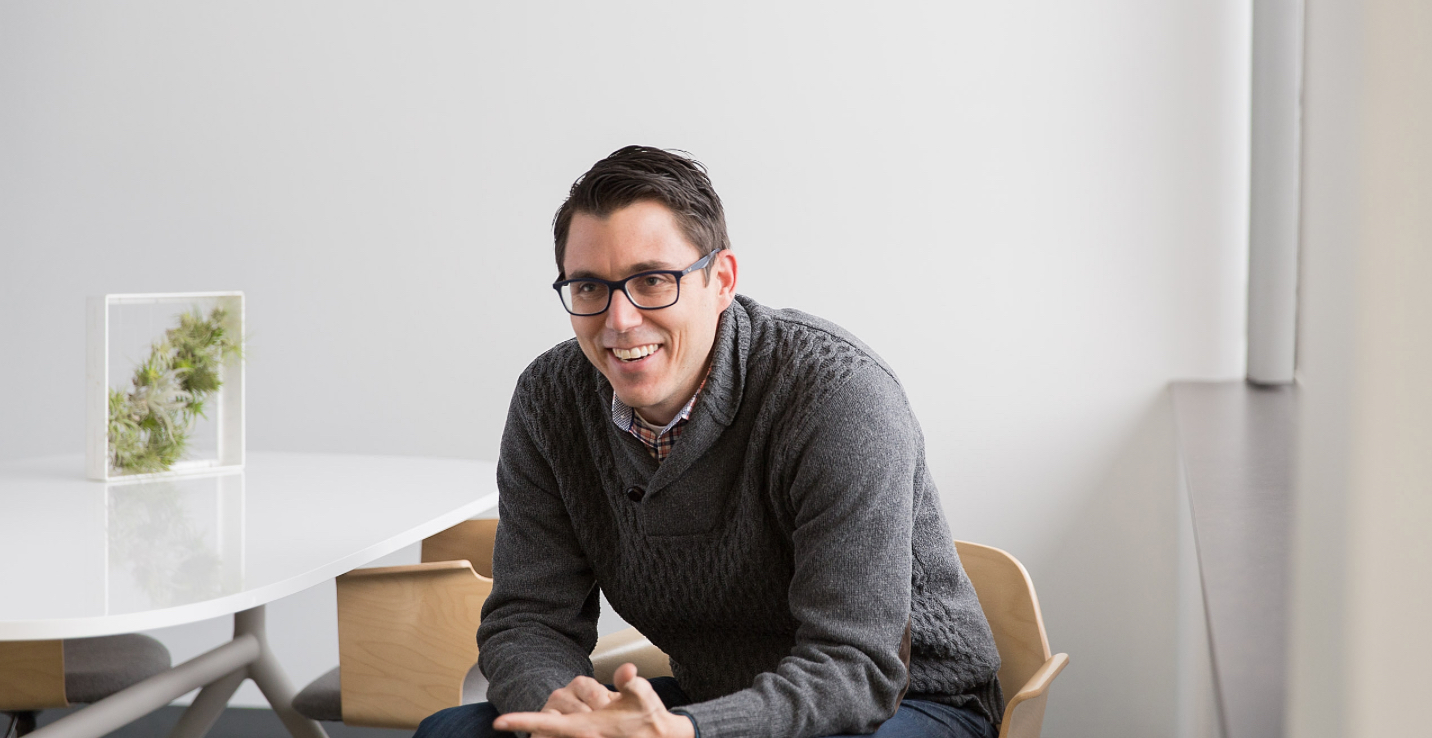

News
EXCLUSIVE: ‘Rivian wanted what Georgia had’: How the Peach State became Rivian’s $5B match
In the Northern portion of Georgia, about 45 miles East of Atlanta, a 2,000-acre slice of land is covered in beautiful trees, hosting stunning landscapes of the rural sections of the Peach State. For several years, Georgia Economic Development Department Commissioner Pat Wilson has pitched this massive piece of beautiful real estate to various automakers, with nobody willing to bring another massive vehicle manufacturing facility to the heart of the Southeastern United States. That was until Rivian came to town.
“It was the perfect company for the perfect site.”
“We considered making it an OEM site,” Wilson, who has been the Commissioner of the State of Georgia’s Economic Development Department since November 2016, told Teslarati in an exclusive interview. He showed the property to Volvo and Toyota/Mazda, among others, over the past few years, but could not come to terms with them on the land. These large-scale, mass-market automakers were unwilling to join Kia, which has a massive $1.8 billion, 2.2 million square foot factory just miles away from the Georgia-Alabama border, to bring a sizeable manufacturing plant to Georgia. It just was not the right fit.
The right fit would eventually come along. While sifting through requests from various companies who were interested in the site and ultimately coming up with no buyers, Wilson knew the right company would eventually show up to build on the land. It would not end up being a car company with a long-standing history of successful automotive manufacturing. Instead, a company known as Rivian Automotive, which just rolled its first production units off of an assembly line in Normal, Illinois, and completed its first deliveries earlier this year, was requesting information. It would end up being the peach Georgia needed to secure its single most significant investment in state history — $5 billion, to be exact. “It was the perfect company for the perfect site,” Wilson said. “Rivian wanted what Georgia had.”
Rivian will build its next EV manufacturing plant in Georgia
CEO RJ Scaringe eventually drove around the 2,000-acre site in a Rivian R1T, plotting ideas and envisioning his young and scrappy company’s second U.S.-located automotive assembly plant. It is a beautiful landscape, and it needed to be preserved. “RJ was genuinely concerned about keeping the area environmentally stable. ” Wilson said. “You only have to look at their website and read a little bit of it to see that this is a company that cares about the world and sustainability. It was important to him to keep the area in its beautiful state.”
“RJ was genuinely concerned about keeping the area environmentally stable…It was important to him to keep the area in its beautiful state.”
Rivian wanted a property with a beautiful landscape, and Wilson said the company wanted to preserve its beauty and integrate its future automotive facility into the topography, which will hit its expected employment of 7,500 people in 2028. It also did not intrude on locals or nearby residents, who gave their blessing for the Economic Development Department to offer the area to large industries. “We don’t propose sites unless we are invited to do so,” Wilson clarified. Citizens welcomed projects with open arms, which solved half of the issue. The next was selling Rivian on the idea.
Selling Scaringe: Lofty Expectations
Rivian undoubtedly had its reservations, and its elevated expectations and accelerated timeline scared off plenty of other regions that were in the running for “Project Terra.” Like other high-tech electric vehicle startups, Rivian had lofty goals to begin production shortly after construction starts. Other states and areas might not have been as willing or able as Georgia to commit to the quick turnaround Rivian and Scaringe had described. Construction will begin in Georgia in Summer 2022, with production lines ramping up in 2024. Rivian hopes to have one of its non-negotiable terms met by launching production around two years after construction crews break ground. Evidently, Speed to Market was a real need for Rivian, and it needed the right State and the right team to make it happen.
CEO & Founder of Rivian, RJ Scaringe (Photo: Rivian)
Speed and efficiency of the construction process was not the only advantage Rivian saw with the site, however. The 2,000-acre land plot that the company locked up and subsequently announced during the company’s first quarterly earnings call as a publicly-traded entity last week also has a great location that could alleviate potential supply chain concerns. Sitting in the Interstate 20 corridor, the plant will have easy access to the Port of Savannah and the State’s 5,000 miles of railway to deliver manufacturing materials quickly. This solved logistical concerns relatively quickly.
There were other concerns too, however. Georgia has one of the lowest unemployment rates in the United States, which sounds like a good thing. Department of Labor statistics listed Georgia’s unemployment rate at just 2.8% for November 2021, the fourth-lowest rate federally, following Nebraska (1.8%), Utah (2.1%), and Oklahoma (2.5%). Interestingly and nearly counterintuitively, a low unemployment rate could actually bring some large-scale companies with sizeable employment needs problems down the road, and Rivian knew that Georgia had a reputation for keeping its people employed. Governor Brian Kemp kept the State’s workforce relatively operational through the COVID-19 pandemic in 2020 and 2021. “He created structure for the State,” which ultimately kept Georgia’s people at work, eliminating widespread unemployment and furloughs, Wilson said.
Georgia committed to Rivian’s needs and essentially removed its concerns regarding employment by securing plans for a Quick Start workforce training program facility at the future automotive plant. Quick Start is a State-sponsored program created in 1967 that provides customized workforce training for expanding industries. It runs through the Georgia Technical College System and gives workers free, hands-on, in-depth training that contributes to the state’s economy. Wilson said the program essentially lets taxpayer dollars be funded back into local communities through job training. It keeps people at work, it invests back into the citizens of the State, and most importantly, it prepares them for the job they are about to start. It is a highly successful and proven program that resulted in the first car ever built at the Kia Factory in West Point being fully operational. This is an event that does not happen often, as most vehicles that roll off of production lines as prototypes in a facility’s early days are usually a result of training and are not close to production quality.
Quick Start does more than give employees comprehensive, hands-on training. It also gives Georgians the opportunity to stay in their communities and develop them. Wilson was adamant that the Quick Start program has retained indescribable amounts of talent in Georgia, keeping the State’s workforce and some of its most brilliant minds local. “It gives people a chance to help their communities, but it keeps Georgia talent in Georgia. It benefits the taxpayers because we are investing back into our people,” Wilson added.
While Rivian’s project is the most recent to enter Georgia, Wilson certainly hopes it is not the last. “I hope more EV makers come to our State,” he said. “There will be more change in the automotive industry in the next ten years than there was in the last 100. These are jobs for the future, and we are looking for them because it is generational for the State. These plants will create jobs 60 years down the road.”
I’d love to hear from you! If you have any comments, concerns, or questions, please email me at joey@teslarati.com. You can also reach me on Twitter @KlenderJoey, or if you have news tips, you can email us at tips@teslarati.com.

News
Tesla FSD fleet is nearing 7 billion total miles, including 2.5 billion city miles
As can be seen on Tesla’s official FSD webpage, vehicles equipped with the system have now navigated over 6.99 billion miles.

Tesla’s Full Self-Driving (Supervised) fleet is closing in on almost 7 billion total miles driven, as per data posted by the company on its official FSD webpage.
These figures hint at the massive scale of data fueling Tesla’s rapid FSD improvements, which have been quite notable as of late.
FSD mileage milestones
As can be seen on Tesla’s official FSD webpage, vehicles equipped with the system have now navigated over 6.99 billion miles. Tesla owner and avid FSD tester Whole Mars Catalog also shared a screenshot indicating that from the nearly 7 billion miles traveled by the FSD fleet, more than 2.5 billion miles were driven inside cities.
City miles are particularly valuable for complex urban scenarios like unprotected turns, pedestrian interactions, and traffic lights. This is also the difference-maker for FSD, as only complex solutions, such as Waymo’s self-driving taxis, operate similarly on inner-city streets. And even then, incidents such as the San Francisco blackouts have proven challenging for sensor-rich vehicles like Waymos.
Tesla’s data edge
Tesla has a number of advantages in the autonomous vehicle sector, one of which is the size of its fleet and the number of vehicles training FSD on real-world roads. Tesla’s nearly 7 billion FSD miles then allow the company to roll out updates that make its vehicles behave like they are being driven by experienced drivers, even if they are operating on their own.
So notable are Tesla’s improvements to FSD that NVIDIA Director of Robotics Jim Fan, after experiencing FSD v14, noted that the system is the first AI that passes what he described as a “Physical Turing Test.”
“Despite knowing exactly how robot learning works, I still find it magical watching the steering wheel turn by itself. First it feels surreal, next it becomes routine. Then, like the smartphone, taking it away actively hurts. This is how humanity gets rewired and glued to god-like technologies,” Fan wrote in a post on X.
News
Tesla starts showing how FSD will change lives in Europe
Local officials tested the system on narrow country roads and were impressed by FSD’s smooth, human-like driving, with some calling the service a game-changer for everyday life in areas that are far from urban centers.

Tesla has launched Europe’s first public shuttle service using Full Self-Driving (Supervised) in the rural Eifelkreis Bitburg-Prüm region of Germany, demonstrating how the technology can restore independence and mobility for people who struggle with limited transport options.
Local officials tested the system on narrow country roads and were impressed by FSD’s smooth, human-like driving, with some calling the service a game-changer for everyday life in areas that are far from urban centers.
Officials see real impact on rural residents
Arzfeld Mayor Johannes Kuhl and District Administrator Andreas Kruppert personally tested the Tesla shuttle service. This allowed them to see just how well FSD navigated winding lanes and rural roads confidently. Kruppert said, “Autonomous driving sounds like science fiction to many, but we simply see here that it works totally well in rural regions too.” Kuhl, for his part, also noted that FSD “feels like a very experienced driver.”
The pilot complements the area’s “Citizen Bus” program, which provides on-demand rides for elderly residents who can no longer drive themselves. Tesla Europe shared a video of a demonstration of the service, highlighting how FSD gives people their freedom back, even in places where public transport is not as prevalent.
What the Ministry for Economic Affairs and Transport says
Rhineland-Palatinate’s Minister Daniela Schmitt supported the project, praising the collaboration that made this “first of its kind in Europe” possible. As per the ministry, the rural rollout for the service shows FSD’s potential beyond major cities, and it delivers tangible benefits like grocery runs, doctor visits, and social connections for isolated residents.
“Reliable and flexible mobility is especially vital in rural areas. With the launch of a shuttle service using self-driving vehicles (FSD supervised) by Tesla in the Eifelkreis Bitburg-Prüm, an innovative pilot project is now getting underway that complements local community bus services. It is the first project of its kind in Europe.
“The result is a real gain for rural mobility: greater accessibility, more flexibility and tangible benefits for everyday life. A strong signal for innovation, cooperation and future-oriented mobility beyond urban centers,” the ministry wrote in a LinkedIn post.
News
Tesla China quietly posts Robotaxi-related job listing
Tesla China is currently seeking a Low Voltage Electrical Engineer to work on circuit board design for the company’s autonomous vehicles.

Tesla has posted a new job listing in Shanghai explicitly tied to its Robotaxi program, fueling speculation that the company is preparing to launch its dedicated autonomous ride-hailing service in China.
As noted in the listing, Tesla China is currently seeking a Low Voltage Electrical Engineer to work on circuit board design for the company’s autonomous vehicles.
Robotaxi-specific role
The listing, which was shared on social media platform X by industry watcher @tslaming, suggested that Tesla China is looking to fill the role urgently. The job listing itself specifically mentions that the person hired for the role will be working on the Low Voltage Hardware team, which would design the circuit boards that would serve as the nervous system of the Robotaxi.
Key tasks for the role, as indicated in the job listing, include collaboration with PCB layout, firmware, mechanical, program management, and validation teams, among other responsibilities. The role is based in Shanghai.
China Robotaxi launch
China represents a massive potential market for robotaxis, with its dense urban centers and supportive policies in select cities. Tesla has limited permission to roll out FSD in the country, though despite this, its vehicles have been hailed as among the best in the market when it comes to autonomous features. So far, at least, it appears that China supports Tesla’s FSD and Robotaxi rollout.
This was hinted at in November, when Tesla brought the Cybercab to the 8th China International Import Expo (CIIE) in Shanghai, marking the first time that the autonomous two-seater was brought to the Asia-Pacific region. The vehicle, despite not having a release date in China, received a significant amount of interest among the event’s attendees.








